The other day, I was talking to Jim the gardener who had spent some years in France, and time in Spain, and inevitably therefore the conversation wandered into quince territory. I’d seen quince (mele cotogno) trees growing in Herculaneum. In Spanish it’s known as membrillo, which is also the word used to describe quince paste – a good companion for cheese and which I read here is, itself deriving from melomeli (more about this below) the etymological ancestor of marmelade.
So then I was looking at my beautiful little book about foods of Pompeii which I’m crawling through with my limited Italian. It’s called le stagioni dell’antica pompei: recette farmaci e conserve, and includes a few recipes, including one for preserving quince (Conserva di mele cotogne) and making melomeli – a kind of honey/fruit wine used for its curative powers, to treat fevers and liver, kidney, or urinary ailments; as an astringent, and to facilitate digestion and relieve dysentery.
The basic method used in Pompeii was to pick quince when at their ripest – on a dry day in a waning moon – and then remove their fuzz, layer them in a glass container covered with a woven wicker cover and pour liquid honey to cover. My book says that this also produces melomeli which is used to treat fevers. But the melomeli recipe attributed to Apicius requires adding to the quinces a mixture of defrutum (grape must reduced by half) and honey. And defrutum is thought to be the ancestor of balsamic vinegar.
So food once more ties the past to the present in an edible package. Let’s celebrate on this wintry day with a little Hot Chocolate, courtesy food poet Leslie McGrath.
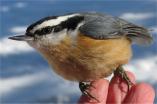
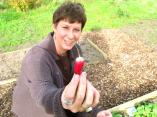
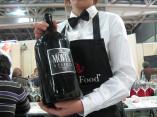
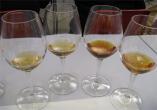

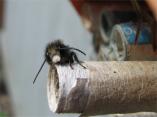

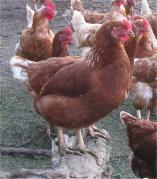

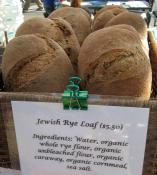
4 Responses to Jammy thoughts